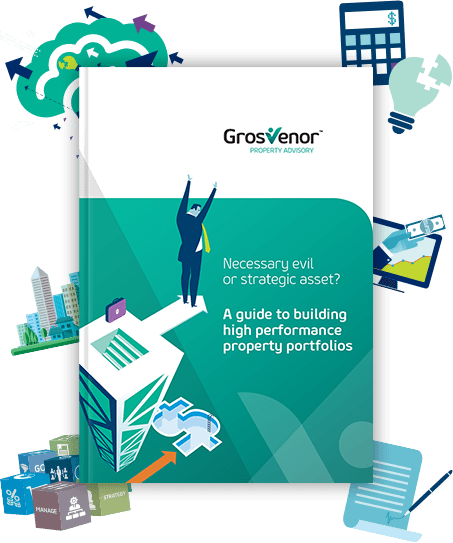Like maximising the performance of your staff, maximising the performance of your property accommodation portfolio is far more complicated than simple cost management.
For example, well managed property can also add value to your business through increased productivity, reduced staff turnover and absenteeism and by reduced risks and insurance costs.
Additionally, by managing property more strategically you can enhance your brand to both customers and to potential new staff.
Conversely, poorly managed property can actually detract from your brand and most importantly impede actual business performance.
This then begs the question, if property is such a large part of the business cost base and there are all these potential benefits and pitfalls, then why doesn’t it get the same level of management attention as HR or IT?
Find out why and how to implement positive change through proven property portfolio management strategies.
 Get in Touch
Get in Touch











 We are all about sharing our expertise to help you and your organisation be the best it can be.
We are all about sharing our expertise to help you and your organisation be the best it can be.